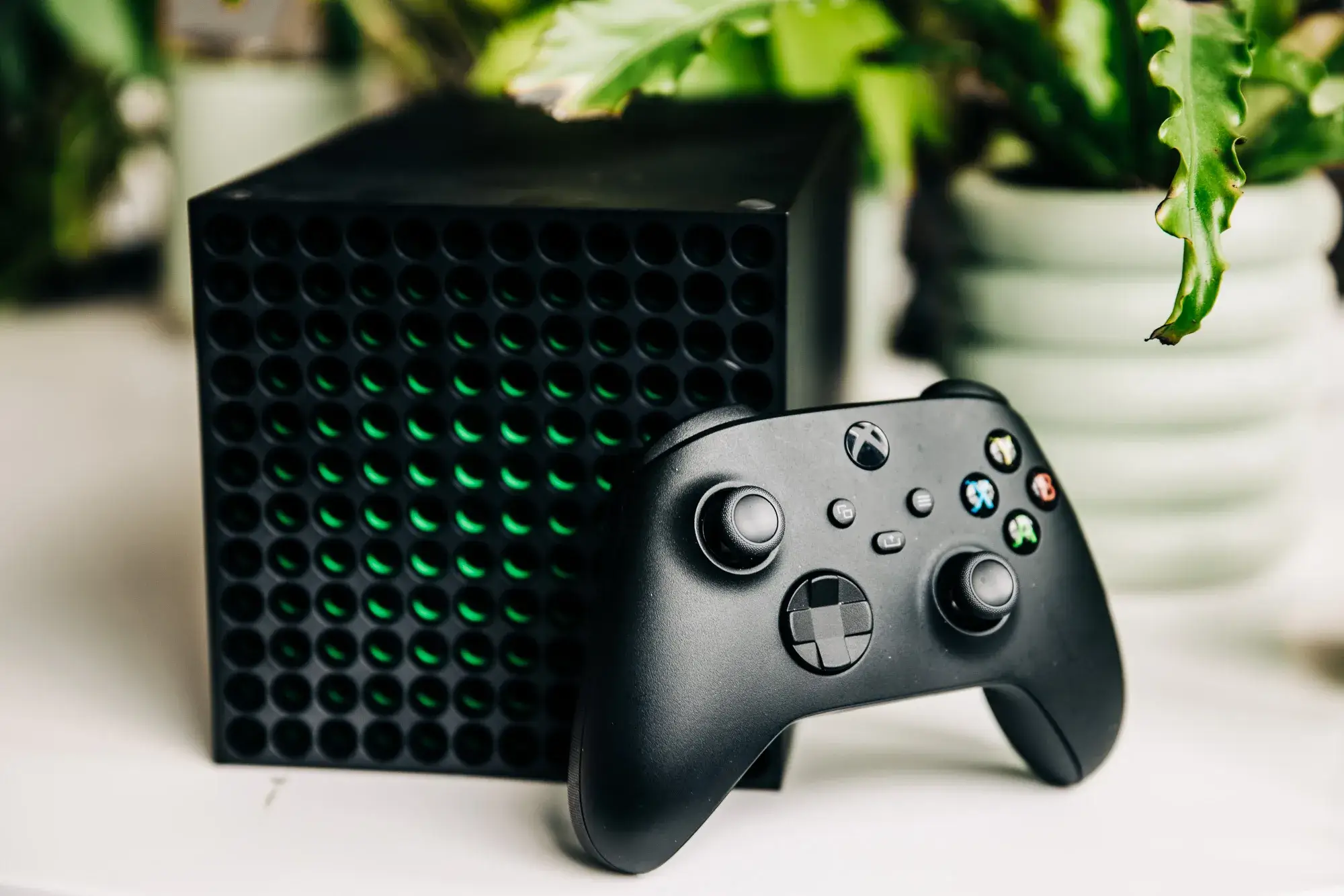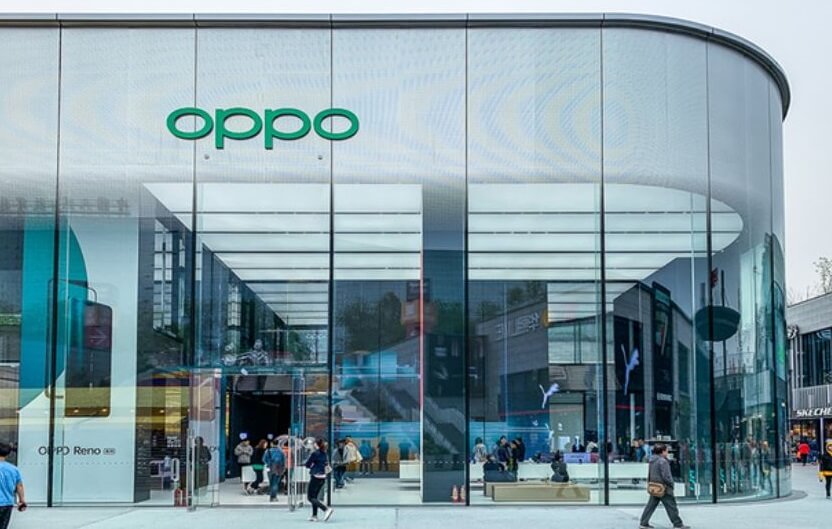IBM is making significant strides in the realm of artificial intelligence by unveiling advanced chips and servers designed to streamline AI solutions and broaden their accessibility. On July 8, 2025, IBM announced its next-generation Power11 servers, which feature innovations across the processor, hardware architecture, and virtualization software stack. These new offerings are tailored to enhance AI deployment across various industries by simplifying infrastructure complexities and boosting performance.
The new Power11 chips mark IBM's first major update to its "Power" line since 2020. IBM's Power systems, like NVIDIA's AI servers, are an integrated package of chips and software. The company is focusing on reliability and security with this tight coupling. The Power11 systems will be generally available starting July 25, 2025. In the fourth quarter of 2025, IBM plans to integrate Power11 with Spyre, its AI chip introduced last year.
IBM is not aiming to compete with NVIDIA in creating and training AI systems. Instead, it is focused on simplifying AI deployment for inference, which is the process of putting an AI system to work in speeding up business tasks. IBM executives stated that they are removing barriers so businesses can focus on building impactful AI solutions, rather than managing hardware. This aligns with IBM's broader AI+ infrastructure vision, where purpose-built systems can reduce friction in deploying generative AI, automating workflows, and extracting insights from unstructured data.
The Power11 servers are designed to deliver the availability, resiliency, performance, and scalability that enterprises demand for seamless hybrid deployment on-premises or in the IBM Cloud. IBM Power systems have long been used by organizations in banking, healthcare, retail, and government for their most critical, data-intensive workloads. The Power11 launch includes high-end, mid-range, and entry-level servers, as well as IBM Power Virtual Server in IBM Cloud, giving businesses options to run workloads on-premises or in the cloud.
IBM claims the Power11 systems will not need any planned downtime for software updates and will have a total unplanned downtime of fewer than 30 seconds per year, which translates to an uptime of 99.9999%. To achieve this, IBM will use autonomous patching and automated workload movement to carry out maintenance without taking the system offline. The system is also designed to detect and respond to ransomware attacks within one minute using a feature called IBM Power Cyber Vault, which follows the NIST cybersecurity framework. There is also protection on firmware integrity attacks with built-in quantum-safe cryptography.
Compared to Power9, the new design offers up to 55% faster performance per core. IBM is emphasizing power efficiency with this release. The new chips feature a mode that reduces energy use by 28%, trading off a small amount of performance. Overall, IBM claims Power11 systems deliver twice the performance per watt compared to similar x86 machines.
The Power11 chips also include built-in AI acceleration. IBM also plans to launch systems with its Spyre AI accelerator later this year. The IBM Spyre Accelerator for Power11 is expected to be available in Q4 2025. Spyre features 32 individual accelerator cores and contains approximately 25.6 billion transistors. It is produced using 5 nm node process technology, with each Spyre mounted on a “clusterable” PCIe card.
IBM is also making watsonx.data, its hybrid, open data lakehouse, available on Power11 by the end of 2025. With these new chips and servers, IBM aims to provide simplified, always-on operations with hybrid cloud flexibility for enterprises to maintain competitiveness in the AI era.















